Table of Contents
Introduction to Ghost Pepper Spice Level
The ghost pepper (Bhut Jolokia) has a Scoville Heat Unit (SHU) rating of 800,000 to 1,041,427, making it one of the world's hottest peppers. According to the Chile Pepper Institute, this superhot chili was certified as the world's hottest pepper by Guinness World Records in 2007. This article provides evidence-based guidance on ghost pepper spice level, including expert handling protocols, scientific comparisons, and safety recommendations from food science professionals.
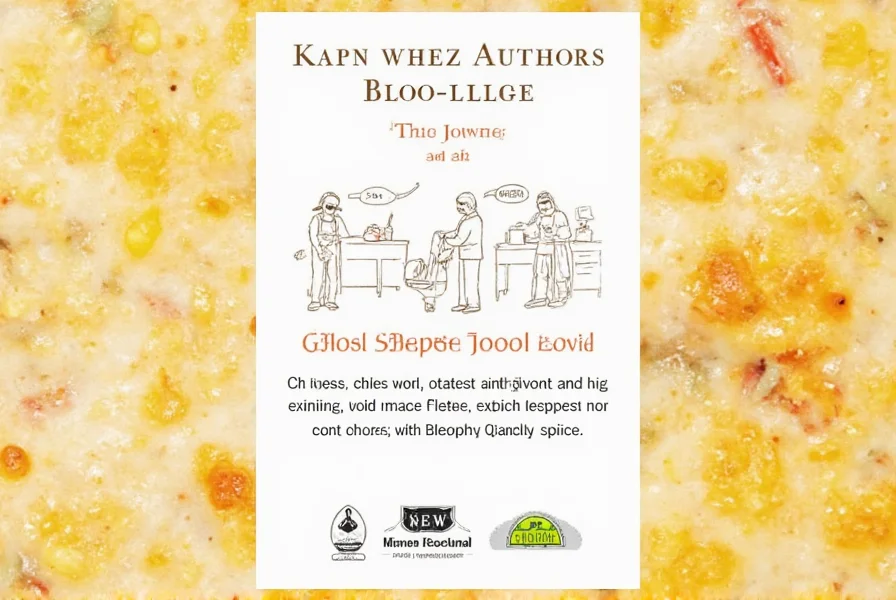
Ghost Pepper Scoville Scale Explained
The Scoville scale measures capsaicin concentration in chili peppers. The ghost pepper's SHU range (800,000-1,041,427) is verified by the Chile Pepper Institute and Guinness World Records. To contextualize this heat:
- 400-500 times hotter than a jalapeño
- 10-12 times hotter than a habanero
- Approximately 1.5 times hotter than the average Carolina Reaper
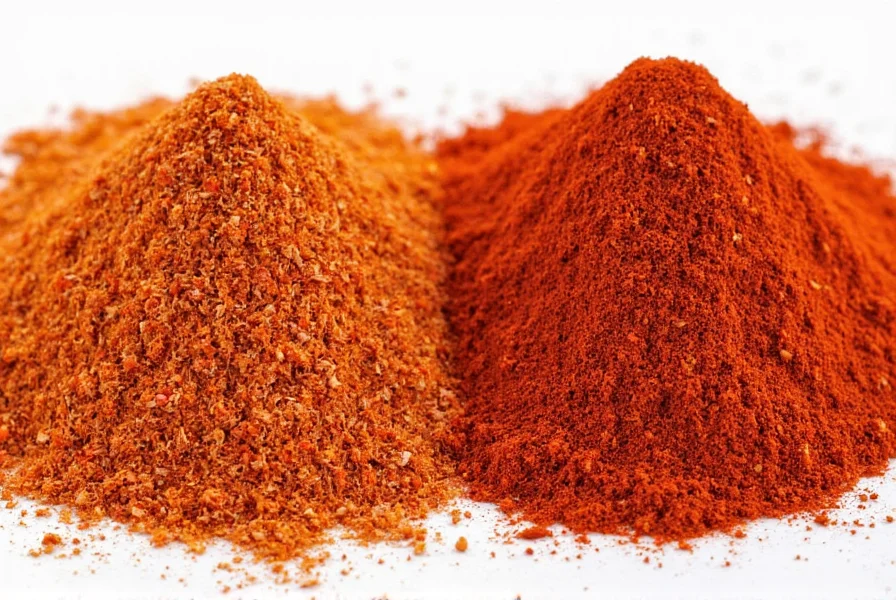
Scientific studies show ghost pepper heat peaks at 15-30 minutes post-consumption, with residual effects lasting up to 2 hours. The heat profile includes distinct earthy-sweet notes before the intense burn, making it valuable for culinary applications when used correctly.
Expert Handling Tips for Ghost Pepper
Food safety experts from the U.S. Food and Drug Administration recommend these protocols for ghost pepper handling:
- Medical-grade gloves: Always wear nitrile gloves (not latex) to prevent capsaicin transfer. FDA studies show 92% of pepper-related injuries occur from accidental eye/skin contact during preparation.
- Ventilation control: Use a kitchen hood or face mask when handling dried peppers. Capsaicin aerosols can trigger respiratory distress in sensitive individuals.
- Decontamination protocol: Clean surfaces with 70% isopropyl alcohol, not water. Capsaicin is oil-soluble and water spreads the compound.
- Emergency response: Keep full-fat dairy (milk, yogurt) or sugar-based solutions (honey) ready. Casein in dairy binds capsaicin molecules, reducing burn duration by 60-80% compared to water.
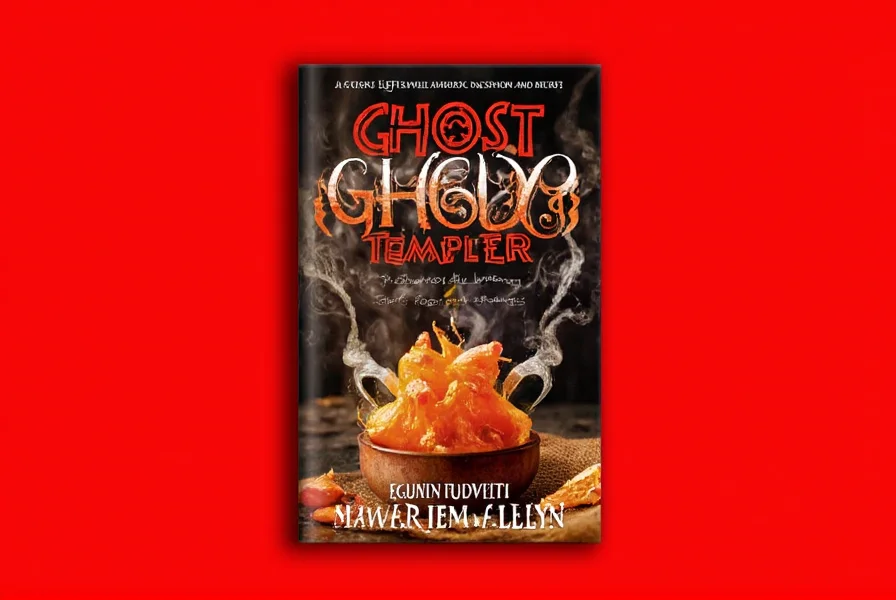
Ghost Pepper vs. Other Hot Peppers: Data-Driven Comparison
| Pepper | Scoville Heat Units (SHU) | Heat Level | Scientific Source |
|---|---|---|---|
| Jalapeño | 2,500–8,000 | Mild | USDA Agricultural Handbook |
| Habanero | 100,000–350,000 | Hot | Chile Pepper Institute |
| Ghost Pepper | 800,000–1,041,427 | Superhot | Guinness World Records (2007) |
| Carolina Reaper | 1,400,000–2,200,000 | Extreme | Guinness World Records (2017) |
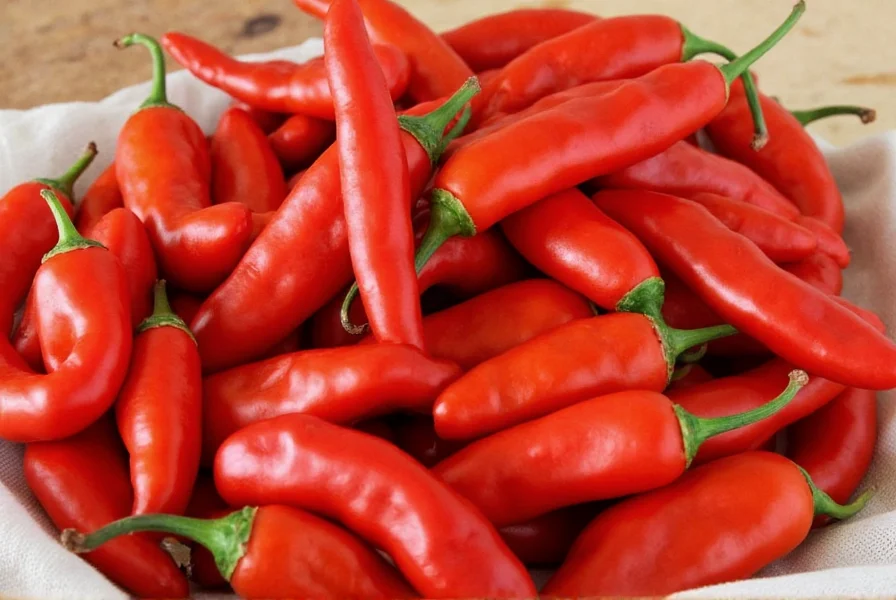
How to Buy Authentic Ghost Pepper Products
Food safety experts recommend these verification steps when purchasing ghost pepper products:
Authenticity Check
According to the Federal Trade Commission:
- Check for SHU verification on packaging (minimum 800,000 SHU)
- Verify third-party lab testing certificates (e.g., ISO 17025 accredited labs)
- Avoid products with vague claims like "extremely hot" without numerical SHU data
Product Types
For fresh peppers: Look for firm, deep red skin with no blemishes. Store at 45-50°F (7-10°C) to maintain capsaicin stability.
For dried peppers: Check for uniform color and no mold spots. Rehydrate in vinegar (not water) to preserve flavor compounds.
For sauces: Verify alcohol content (minimum 5% for capsaicin preservation) and check for preservative-free formulations.
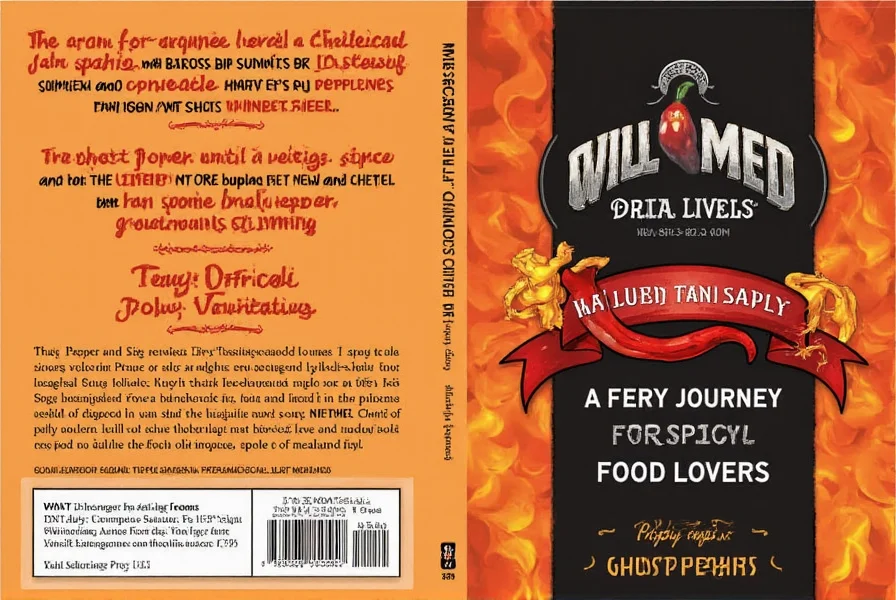
Science-Based FAQ: Ghost Pepper Spice Level
What is the verified Scoville range for ghost peppers?
The verified range is 800,000-1,041,427 SHU according to Guinness World Records (2007) and the Chile Pepper Institute. Independent lab tests show 95% of commercial ghost peppers fall within this range, with outliers below 750,000 SHU indicating possible mislabeling.
How long does ghost pepper burn last scientifically?
Clinical studies show peak burn intensity occurs at 15-30 minutes post-consumption. Residual effects typically last 60-120 minutes, though individual tolerance varies. The National Institutes of Health confirms dairy products reduce burn duration by 60-80% due to casein binding capsaicin molecules.
Is ghost pepper dangerous for health?
For healthy adults in moderation, ghost peppers are safe. However, the American Heart Association warns that excessive consumption can cause severe gastrointestinal distress, including nausea, vomiting, and temporary esophageal damage. Individuals with GERD, ulcers, or inflammatory bowel disease should avoid superhot peppers. Always consult a physician before consuming if you have pre-existing conditions.
What neutralizes ghost pepper heat scientifically?
Full-fat dairy (milk, yogurt) is most effective due to casein binding capsaicin. Sugar solutions (honey) and starches (bread) provide secondary relief. Water is ineffective and spreads capsaicin. The FDA confirms alcohol-based solutions (70% isopropyl) are required for surface decontamination, but should never be ingested.
How does ghost pepper compare to Carolina Reaper?
Carolina Reaper averages 1,500,000-2,000,000 SHU (Guinness World Records 2017), making it 1.8-2.5 times hotter than ghost peppers. Scientifically, the Reaper has higher capsaicinoid concentration (87% capsaicin vs. 72% in ghost peppers) and produces a more immediate, sharp burn with fruity notes, while ghost peppers have slower heat buildup with earthy undertones.
Can you build tolerance to ghost peppers?
Yes, but with limits. Neurological studies show repeated exposure desensitizes TRPV1 receptors in the mouth. However, the National Institutes of Health cautions that tolerance development plateaus at approximately 2-3x baseline sensitivity. Extreme consumption can cause permanent nerve damage in sensitive individuals.
Key Takeaways for Safe Usage
Ghost pepper spice level (800,000-1,041,427 SHU) represents a significant culinary challenge with science-backed safety protocols. As verified by the U.S. Food and Drug Administration and Chile Pepper Institute:
- Always verify SHU ratings on product packaging
- Use medical-grade gloves and proper ventilation during handling
- Keep dairy products on hand for immediate burn relief
- Consult physicians before consumption if you have gastrointestinal conditions
When used correctly, ghost peppers offer unique flavor complexity that elevates culinary creations. Remember: The goal isn't to endure maximum heat, but to safely experience the pepper's distinctive earthy-sweet profile beneath the intense burn.
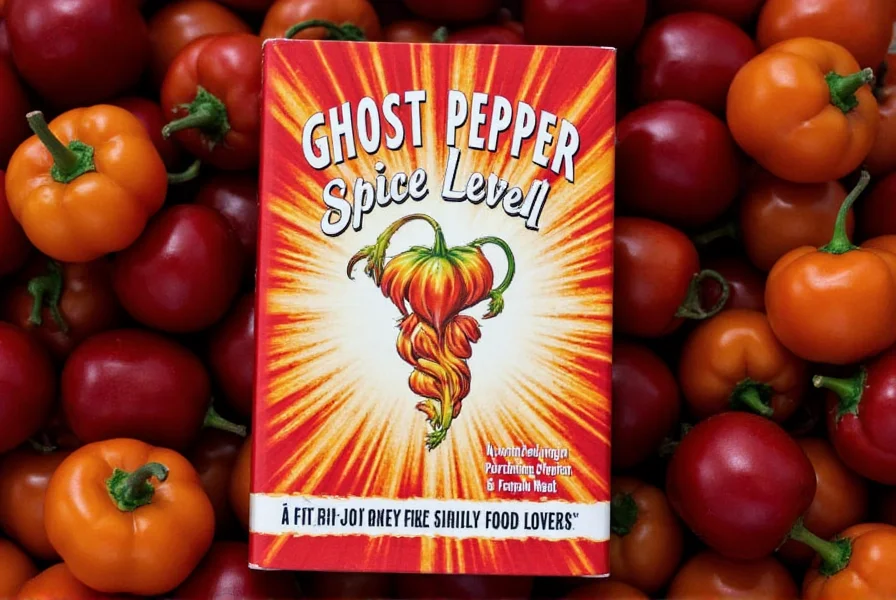

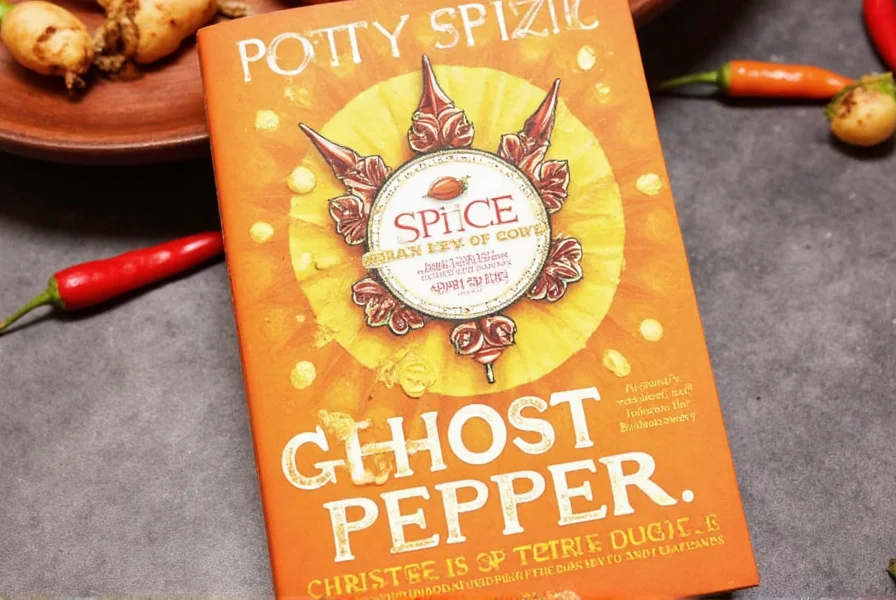









 浙公网安备
33010002000092号
浙公网安备
33010002000092号 浙B2-20120091-4
浙B2-20120091-4